
notes on the Swiss Mountain
Dog
The Greater Swiss Mountain Dog is a large, strong, muscular, draft dog. The
body is slightly longer than it is tall. The front legs are straight and strong
with rounded, compact feet. The chest is broad and deep, and the breastbone
extends slightly ahead of the legs. The head is large with a broad, flat skull
and slight stop. The skull should be approximately the same length as the
muzzle and the teeth must meet in a scissors bite. The color of the eyes may
vary from hazel to chestnut. Their expression is attentive and intelligent.
The muzzle is blunt, and the nose and lips must always be black. The pendant,
medium-sized ears are triangular. The long tail reaches to the hocks. GSMD
has a beautiful tri-color double coat (black with rich rust and white markings).
The outer coat is no longer than 2 inches (5cm.), and lined with a dense undercoat.
Rust markings include a spot over each eye, rust on the cheeks, and on either
side of the chest. Symmetrical markings are preferred. The tip of the tail,
a blaze on the muzzle and a large marking on the chest are white. A white
collar or patches on the neck are permitted. Any base color other than black
is a disqualification.
The Greater Swiss Mountain Dog is steady, watchful and protective, but not aggressive. Willing and loves to please, they are excellent with children. Loyal and adoring they are generally good with other pets and are not generally dog aggressive. Territorial, the Swissy should be introduced to newcomers, but will quickly warm up to those the family accepts. An excellent, courageous, alert watchdog who will bark at strange noises and intruders. He needs to be a part of the family and prefers to be with his people all the time. The GSMD gets along well with family pets, but may have to be taught not to chase. They are slow to mature, both physically and mentally. "Puppyhood" may last 2-3 years.
The Greater Swiss Mountain Dog comes to us from the farms and villages of the Swiss Alps. He is the largest (and probably the oldest) of the four Sennenhund Breeds (including the Appenzell Cattle Dog, Entlebuch Cattle Dog, and the AKC-recognized Bernese Mountain Dog). The Sennenhund breeds are thought to be descendants of Roman Mastiffs, brought to the area more than 2000 years ago. The four breeds are different sizes, but share the same markings. The Greater Swiss Mountain Dog's natural drafting ability led to his nickname, "the poor man's horse." GSMD's may have contributed to the development of the St. Bernard. Then, when the St. Bernard became popular, the GSMD lost favor and almost became extinct. An authority of the Sennenhund breeds, Dr. Albert Heim, rediscovered the Greater Swiss Mountain Dog in 1908 while he was judging a dog show. He publicized the breed and encouraged people to begin breeding programs. Response was enthusiastic and now the breed is re-established. The first Greater Swiss Mountain Dog's were imported to the United States in 1967. The GSMD is still fairly rare, even in Switzerland. However, the breed is now fully recognized by the AKC. Its talents are tracking, watchdogging, guarding, carting, and competitive obedience.
http://www.gsmdca.org/
-swissy info
http://en.wikipedia.org/wiki/Greater_Swiss_Mountain_Dog
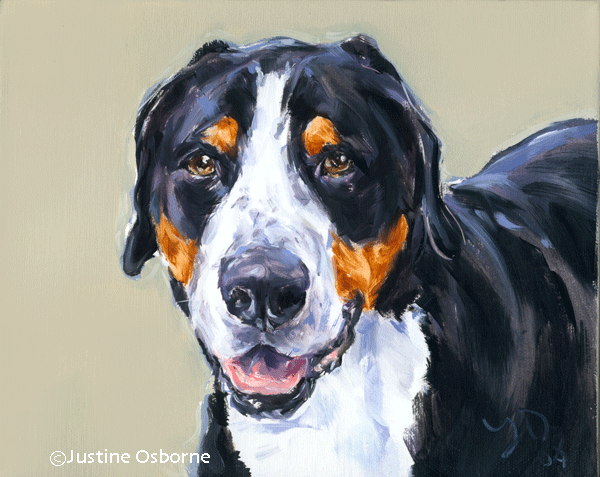
"Madison"
- portrait of a Swiss Mountain Dog The wonderful, ever smiling, gentle Madison.
|
for
more paintings, portraits and other favourite dog breeds -
visit the dog painting gallery
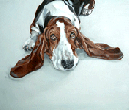 |
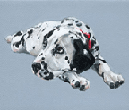 |
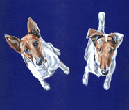 |
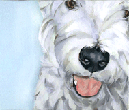 |
home | about
| gallery
| your
dog | sizes
& prices |
FAQ | dog
shop
blog | links
| testimonials
| contact us
site
designed by paintmydog © justine osborne 2002 - 2013
all
dog portraits, pictures, photos and text not to be reproduced without permission
from the artist
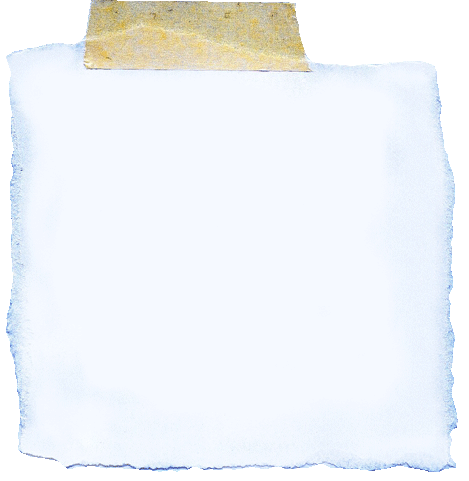 |